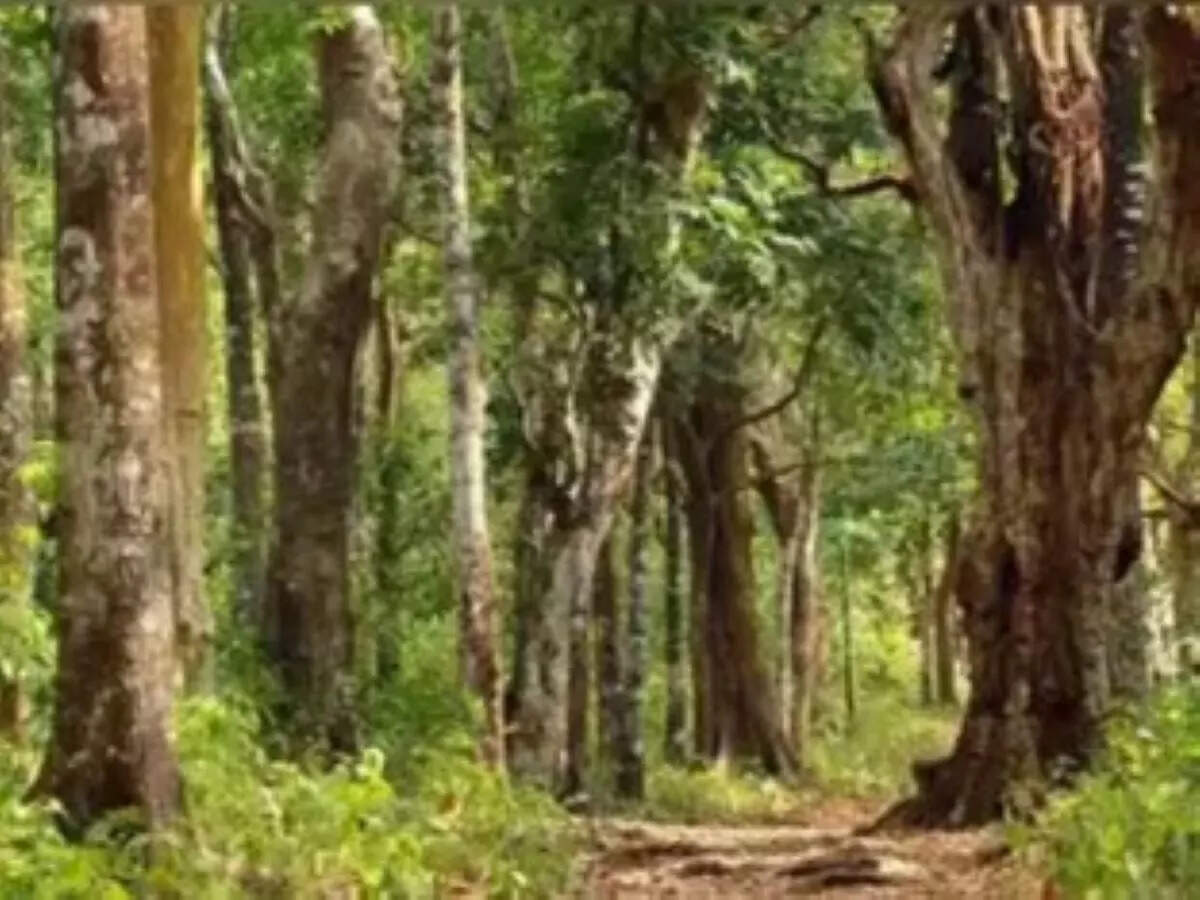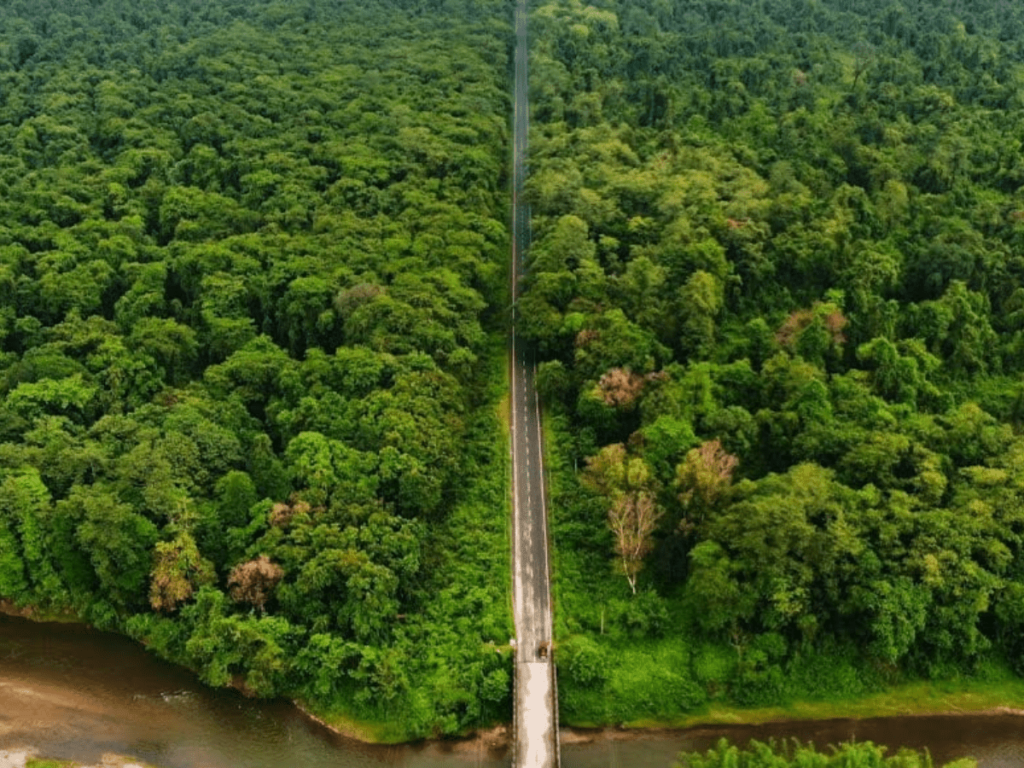India has achieved a remarkable environmental milestone, securing the 9th position globally in total forest area, according to the latest Global Forest Resource Assessment (GFRA) 2025 released by the UN Food and Agriculture Organisation (FAO). The country has also retained its 3rd rank worldwide in annual forest area gain, reaffirming its strong commitment to sustainability and ecological restoration.
A Testament to India’s Green Revolution
The Ministry of Environment, Forest and Climate Change (MoEFCC) hailed this as a major achievement, crediting it to India’s large-scale afforestation programmes and community-led forest protection efforts.
Union Environment Minister Bhupender Yadav called the development a “moment of pride for every Indian,” highlighting that this improvement — from the 10th to the 9th position — represents India’s growing global leadership in sustainable forest management.
“Here is a reason to rejoice for all Indians. We have achieved 9th rank in terms of forest area at the global level, as compared to 10th spot earlier. We have also maintained our 3rd position globally in annual forest gain,” Yadav posted on X.
He added that citizen participation in tree plantation drives — especially under the government’s ‘Ek Ped Ma Ke Naam’ initiative — has played a crucial role in expanding India’s green cover.
India Among the Top 10 Forest-Rich Nations
The FAO report revealed that the world’s total forest area stands at 4.14 billion hectares, covering nearly 32% of Earth’s land surface. Over half of this area — around 54% — is concentrated in five countries: Russia, Brazil, Canada, the United States, and China.
India now follows Australia, the Democratic Republic of the Congo, and Indonesia, making it one of the top 10 nations with the largest forest areas globally.
Between 2015 and 2025, India recorded an annual net gain of 1.91 lakh hectares, behind China (1.69 million hectares) and Russia (9.42 lakh hectares). Other notable contributors to global forest growth include Turkey, Australia, France, Indonesia, South Africa, Canada, and Vietnam.

Asia Leads the Way in Forest Growth
Significantly, the assessment noted that Asia is the only region in the world to record an increase in forest area between 1990 and 2025 — largely driven by gains in China and India.
Globally, the annual rate of forest loss has been cut by more than half, from 10.7 million hectares in the 1990s to just 4.12 million hectares between 2015 and 2025. The FAO said this reduction is a direct result of the region’s massive reforestation campaigns and better forest management practices.
Sustainable Management and Protection
According to the FAO, 20% of the world’s forests are now located within legally protected areas, while 55% are managed under long-term conservation and replanting plans.
India’s environmental policies — from community-based forest protection to technology-driven monitoring systems — have not only curbed deforestation but also encouraged sustainable livelihoods for forest-dependent communities.
A Step Towards a Greener, Resilient Future
India’s climb in the FAO global rankings reflects a strong balance between economic growth and ecological responsibility. With continuous public engagement and innovative green policies, India is steadily paving the way toward its vision of a “Viksit Bharat” — a developed, green, and sustainable nation.


